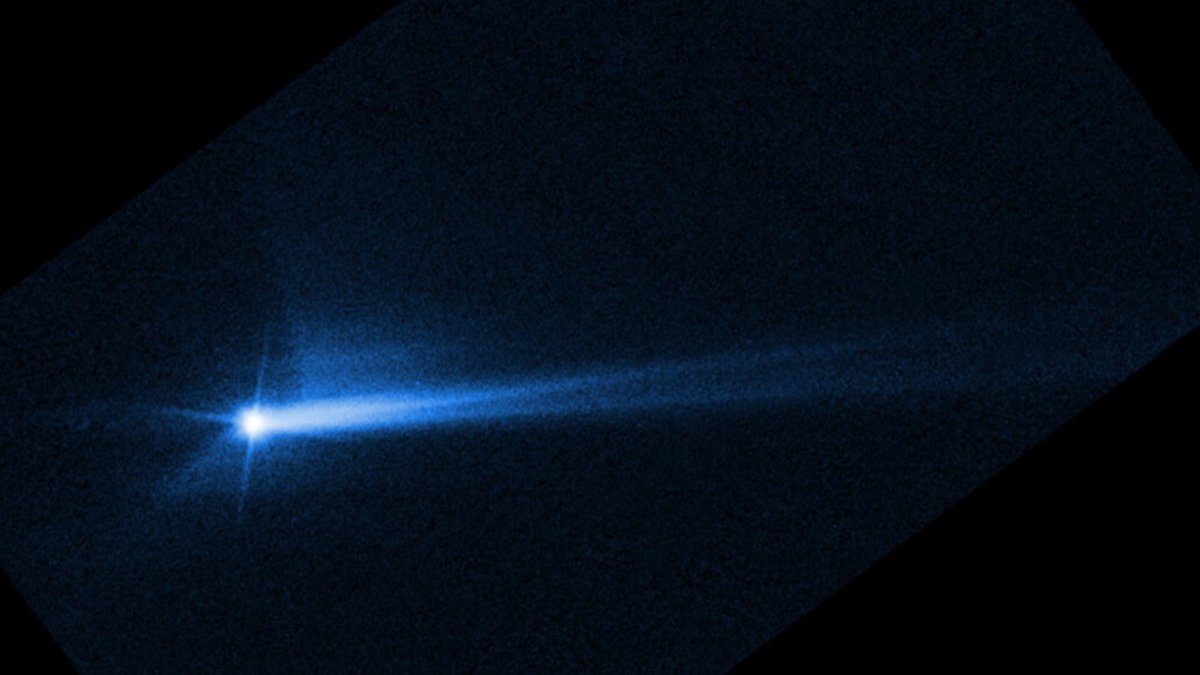
On September 26, 2022, NASA’s DART crashed into the small moon Dimorphos of the Didymos asteroid system.
The DART spacecraft managed to alter the orbit of the target asteroid Dimorphos.
A new era in science has begun as a result of the triumph of DART.
We have been given a fighting chance to change the trajectory of any potentially damaging asteroids that may be headed our way in the future and prevent a repeat of what happened 65 million years ago.
To commemorate the success of NASA’s DART mission, here’s a quiz from GK.
- What does DART mean?
- Double Asteroid Redirect Test
- Dimorphos Asteroid Redirection Test
- Asteroid direct redirection test
- Double Asteroid Reflection Test
- When was the DART satellite launched into space?
- November 23, 2021
- November 24, 2021
- November 22, 2021
- November 25, 2021
- What was the speed at which the DART satellite collided with the asteroid?
- 15,000 mph
- 16,000 mph
- 14,000 mph
- 13,500 mph
- Where was the DART satellite built?
- Brookhaven National Laboratory
- Johns Hopkins Applied Physics Laboratory
- Thomas Jefferson National Accelerator Facility
- Lawrence Berkeley National Laboratory
- What is the cost of DART?
- $321.6 million
- $321.4 million
- $321.8 million
- $324.5 million
1. Double Asteroid Redirect Test
NASA developed the Double Asteroid Redirection Test (abbreviated as DART) to test whether the satellite’s powerful kinetic impact can help deflect an asteroid that poses a threat to Earth.
2. November 23, 2021
NASA’s DART (Double Asteroid Redirection Test) mission probe, the first of its kind to undertake a suicide mission to save the planet, was launched on November 23, 2021.
3. 14,000mph
The DART satellite successfully crashed into the asteroid Dimorphos at a speed of 14,000 miles per hour (22,530 kilometers per hour) on September 26, 2022.
4. Johns Hopkins Applied Physics Laboratory
The satellite was built by the Johns Hopkins Physical Laboratory, which is a university-affiliated space center in Howard County, Maryland.
5. $324.5 million
The mission cost NASA $324.5 million. 308 million dollars were spent on the development of the satellite. The rest of the money was spent on launching the space probe into space.
Categories: Optical Illusion
Source: ptivs2.edu.vn